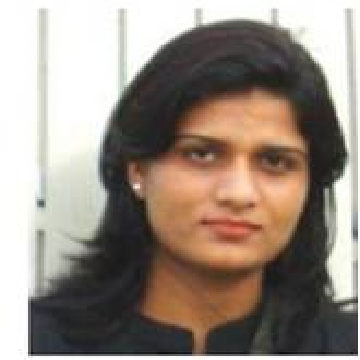Scientific Program

Anju Ahlawat
RRCAT, India
Title: Flexible magneto-electric nanocomposite films for possible non-volatile memory applications
Biography:
Dr. Anju Ahlawat (Ph.D - Physics), is DST Faculty at Laser and Functional Materials Division, Raja Ramanna center for advanced technology (RRCAT), Indore (India). She has got her B.Sc and M.Sc in Physics. She had awarded her Doctor's degree (Ph.D.) in Physics from UGC -DAE Consortium for scientific research, Indore (India) in 2012. She has received a prestigious research award from DST inspire Faculty in 2014. She has 7 years research experience from RRCAT, Indore, India. Currently Dr. Ahlawat’s research focus is on multiferroic magneto electric nanostructures for memory applications. She has published 30 papers in reputed journals.
Abstract
The modern generation of data storage technology brings new challenges to existing materials for low power data processing, reliable, fast and sizable transfer of data1. In this context, artiï¬cial multiferroic composites based on ferromagnetic (FM) and ferroelectric (FE) phases that exhibit strong magnetoelectric coupling, hold promise for designing new generation memory devices with several advantages. Multiferroic composites offer innovative approaches for non-volatile memory devices as compared to their semiconductor transistor-based competitors2. The organic thin memories are particularly favorable due to their environment friendly nature, low fabrication cost and mechanical flexibility3. Here, a room temperature paradigm two level nonvolatile memory operation have been demonstrated by utilizing the nonlinear magnetoelectric effects in flexible multiferroic SmFeO3/P(VDF-TrFE) nanocomposite ï¬lms. Strain induced interface interactions between ferromagnetic and ferroelectric phases in SmFeO3/P(VDF-TrFE) nanocomposite ï¬lms allow electric field controlled magnetization behaviour. The sign of magnetoelectric coupling coefficient (α) for the composite films can be repeatedly switched between positive and negative by applying electric fields. This can be used to store binary information for non volatile memory devices. The magnetoelectric response and the required voltage for switching of α can be tuned by varying the magnetic phase fraction (SmFeO3 nanoparticles) in nanocomposite films. Hence, flexible magnetoelectric SmFeO3/P(VDF-TrFE) nanocomposite ï¬lms can be utilized for nonvolatile memory applications with practical characteristics such as simple compact structure, easy reading/writing operation, fast speed and low power consumption.
- Advanced Materials and Functional Devices
- Engineering Materials & Composite Materials
- Magnetic and Multiferroic Materials
- Advanced Optical and Magnetic Materials
- Advanced Bio-Materials & Bio-Devices
- Cluster Science and Nano-Toxicology
- Energy Materials and Harvesting
- Advancement in Nanomaterials Science and Nanotechnology
- Nano Materials & Their Properties
- Carbon Nanostructures and Graphene
- Nano Medicine & Drug Delivery
- Nanotechnology in Water Treatment

